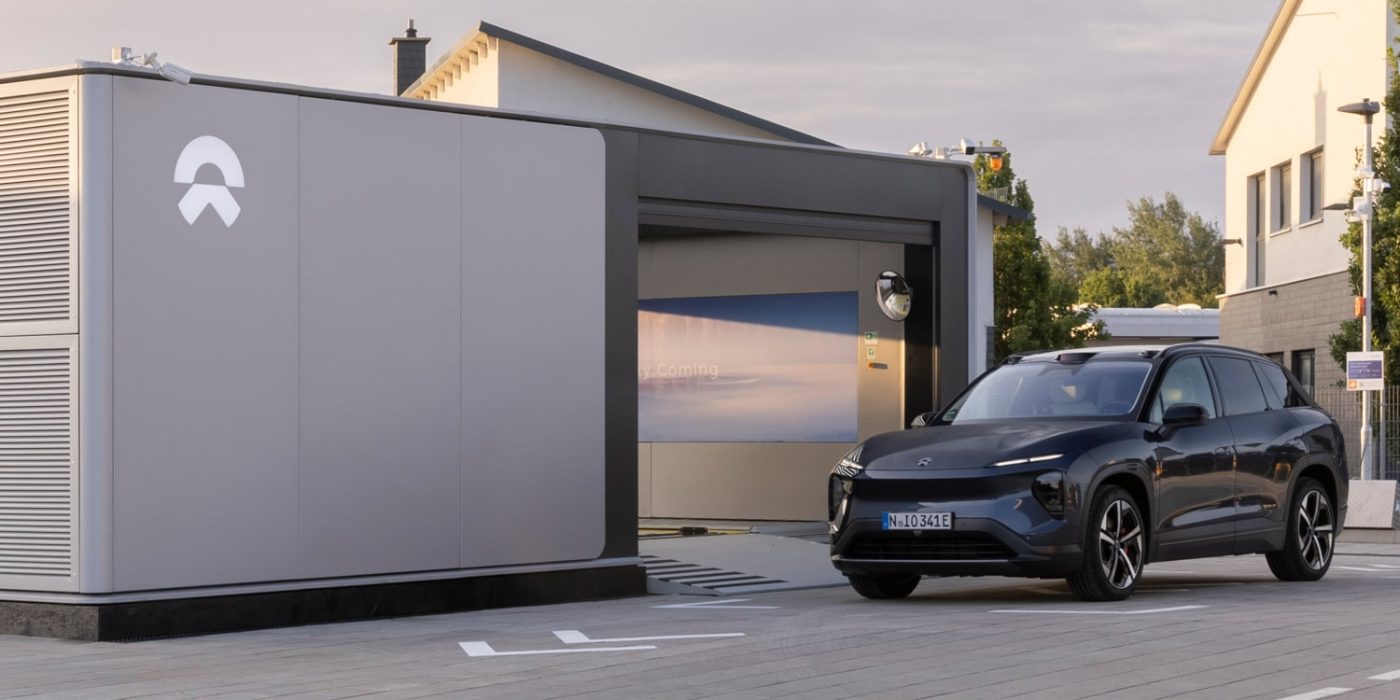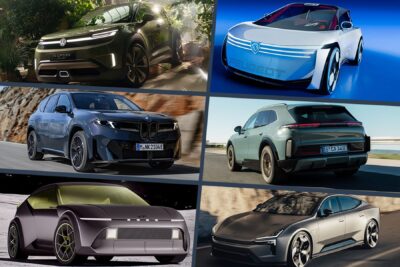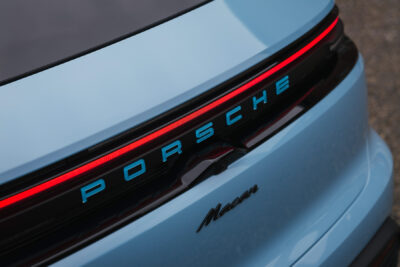Nio plans different battery-swapping stations for its Firefly brand
Nio boss William Li has confirmed that Firefly’s electric cars cannot use the existing Nio battery swapping stations that have already been established throughout China and Europe. According to CN EV Post, the battery swapping stations for Firefly electric cars are “special, smaller stations” that have a simpler design and are roughly the size of a shipping container.
Nio has been planning two independent brands for affordable electric cars for some time now. The models are to be positioned under the name Nio with prices starting at 300,000 yuan (currently around 38,300 euros). The Onvo brand, which the company introduced in May (and which China refers to as Ledao), will cover the range from 200,000 to 300,000 yuan (25,550 to 38,300 euros), while Firefly will offer the most affordable electric cars with prices between 100,000 and 200,000 yuan (12,800 to 25,550 euros). The Onvo models can use Nio battery swapping stations.
Nio relies on large and long-range batteries for its higher-priced models with capacities of 75 kWh, 100 kWh and in some cases even 150 kWh which are only intended for longer cars with a long wheelbase. Firefly’s decidedly more affordable electric cars are smaller and built for the small and compact car segment. These cars therefore require correspondingly smaller and cheaper batteries.
As the battery, the most expensive component of an electric car, without a battery can be sold at significantly lower prices and does not necessarily have to be purchased together with the vehicle – even if monthly costs are incurred for the use of an exchangeable battery. This is intended to lower the barrier to purchase. This strategy has already been used for Nio models, but Nio hopes that the effect will be greater in the price-sensitive Firefly segment.
Nio has recently entered into several partnerships for the “large” Nio and Onvo exchange stations, through which other car manufacturers can also equip their vehicles with Nio batteries and thus use the network of exchange stations. It is not known whether such partnerships will also exist at Firefly. Notably, though, Nio formed a partnership with Changan on battery swapping stations, and Changan, a joint venture between Changan Automobile and US carmaker Ford, is known for its very small electric cars.
While a different type of battery swapping stations require the rollout of a whole infrastructural network, they enable the host company to recoup all of the second-life and recycling value from the batteries while avoiding the cost of collection. In addition, the battery life can be better monitored and documented, enabling easier reuse in second-life applications before they are recycled. Since demand for the raw materials used in batteries is changing the geopolitical landscape – and according to industrial policies of the USA and Europe – the use of battery swapping stations to maintain and recoup raw materials is likely to be a relevant topic in the immediate future.





0 Comments